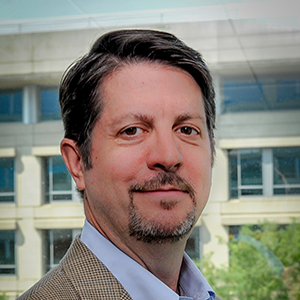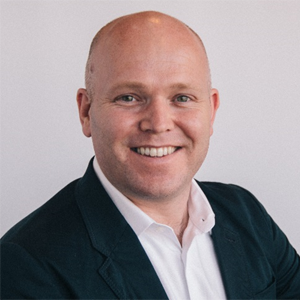Q: Tony, your most recent "Advanced Threat Report" analyzed more than 40,000 advanced attacks across the globe to map out the latest trends in advanced persistent threat attacks. Fill me in on some of the key findings.
Tony Cole: Our 2013 FireEye Advanced Threat Report provides a high-level overview of the computer network attacks discovered during 2013. It is primarily focused on the advanced persistent threat (APT) and how it has evolved over the last year. This year, once again, we also provide additional focus on state-sponsored attackers due to their relationship with advanced and persistent threats.
In 2013, we discovered 11 zero-day attacks. During the first part of the year, Java seemed to be a primary target for zero-day attacks and, during the latter half of the year, Internet Explorer zero-day attacks were utilized via watering hole attacks on unsuspecting victims.
During 2013, we analyzed more than 100 per day on average unique cyber-security incidents, discovered more than 50 unique malware infections per day, and logged over 22 million command-and-control communications. We determined that malware is definitely the most utilized cyber-weapon in an attacker's arsenal and that this problem is only going to get worse.
Q: You say that, based on FireEye end-user data, over 95% of enterprises and government agencies are compromised and don't know it. What exactly does that mean -- and what is there about the FireEye Oculus Experience that makes it a "comprehensive approach to threat prevention"?
Cole: When FireEye prospects wish to test our products, they generally put us into their networks to test it and see if we identify any new attacks, ongoing attacks, or possible command-and-control callback activity. These tests have indicated that over 95% of organizations are compromised and don't know it.
The FireEye Oculus experience (now Managed Defense) lets customers focus on running their business while we focus on finding the advanced attacks targeting their business. When customers need that additional expertise in their organization, they can have it provided by the FireEye product and Mandiant Service experts in this area -- us. We provide a number of services in this area, including identified APT alerts in the customer environment, our monthly ThreatCon reports, System Health Monitoring, and Hunt services to find those attackers that may be in your network and have been for quite some time. We have great feedback from our customers using this service and expect to see even wider adoption.
Q: FireEye has said that traditional signature-based security offers no protection from zero-day and targeted APT attacks. Why is that? What do enterprises need to combat these attacks?
Cole: Today we see many customers utilizing a defense-in-depth architecture with numerous products, including intrusion detection systems, intrusion prevention systems, firewalls, next-gen firewalls, email gateways, Web gateways, antivirus, host intrusion detection, and so on. Years ago, this was a semi-effective strategy. Today, the attackers have moved on to targeted attacks based on unknown vulnerabilities they've either found or bought in the underground along with newly created exploit code associated with the vulnerability. The legacy defense-in-depth products we mentioned are almost all running on signature-based identification for malware. Since signatures can only be created once the new malware is seen in numerous times in the wild, a targeted attack renders the legacy signature-based products useless in identifying or stopping the attacks. Our recent Maginot Line Study gives greater detail on this issue for legacy products as well as deep statistics on which verticals seem to suffer the most from this new threat.
Q: FireEye is a Black Hat "sustaining partner," which means you sponsor all three of the Black Hat conferences -- Asia, Europe, and USA. Why is Black Hat such an important part of FireEye's marketing strategy?
Cole: Black Hat is important to FireEye for a number of reasons, probably the largest being it's where the world comes to hear about the latest on new vulnerabilities, new threats, and new tactics being used by attackers to break into systems. It's a well-known worldwide venue for getting up to speed on the things that will keep a cyber-defender awake at night. It's important for us to be part of this event to share and study this changing threat, and continue doing our very best to keep our products and services at the forefront of the latest in cyber defenses. Our customers expect nothing less.






